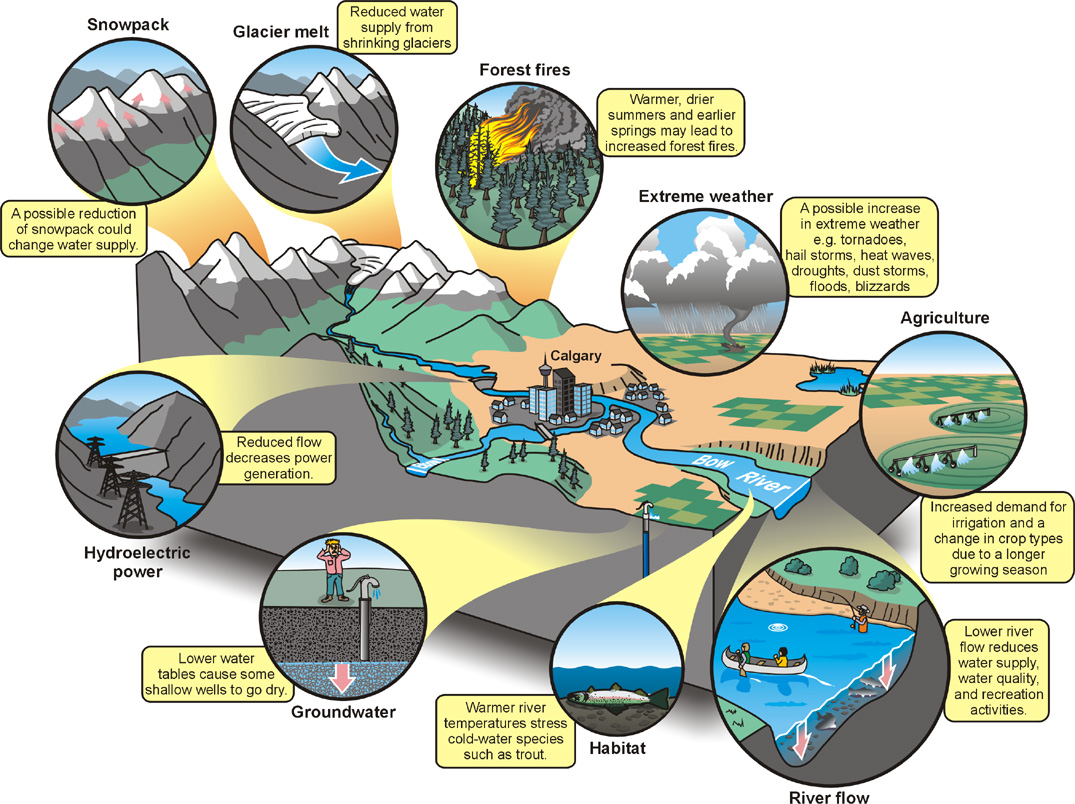NYTimes | Brazil has begun building its first nuclear submarine to protect its vast, new offshore oil discoveries. Colombia’s oil production is climbing so fast that it is closing in on Algeria’s and could hit Libya’s prewar levels in a few years. ExxonMobil is striking new deals in Argentina, which recently heralded its biggest oil discovery since the 1980s.
Up and down the Americas, it is a similar story: a Chinese-built rig is preparing to drill in Cuban waters; a Canadian official has suggested that unemployed Americans could move north to help fill tens of thousands of new jobs in Canada’s expanding oil sands; and one of the hemisphere’s hottest new oil pursuits is actually in the United States, at a shale formation in North Dakota’s prairie that is producing 400,000 barrels of oil a day and is part of a broader shift that could ease American dependence on Middle Eastern oil.
For the first time in decades, the emerging prize of global energy may be the Americas, where Western oil companies are refocusing their gaze in a rush to explore clusters of coveted oil fields.
“This is an historic shift that’s occurring, recalling the time before World War II when the U.S. and its neighbors in the hemisphere were the world’s main source of oil,” said Daniel Yergin, an American oil historian. “To some degree, we’re going to see a new rebalancing, with the Western Hemisphere moving back to self-sufficiency.”
The hemisphere’s oil boom is all the more remarkable given that two of its traditional energy powerhouses, Venezuela and Mexico, have largely been left out, held in check by entrenched resource nationalism. Venezuela is now considered to have bigger oil reserves than Saudi Arabia, putting it at the top of OPEC’s rankings. If it opened up more to foreign investment, it could tip the scales further in the hemisphere’s direction.
Exactly how the Americas’ growing oil clout might rebalance energy geopolitics remains an open question. The Middle East can still influence oil prices greatly, its oil fields are generally cheaper to develop, and some countries in the region are endowed with great reserves.
Moreover, the Americas still vie for investment with other oil-rich regions, like Russia’s portion of the Arctic Ocean and West African waters. Security concerns like the abduction of oil workers could, as they have in the past, prevent Colombia from continuing to raise output. And environmental and financing questions pose persistent challenges to the rapid growth of the hemisphere’s oil production.
Still, the new oil exploits in the Americas suggest that technology may be trumping geology, especially in the region’s two largest economies, the United States and Brazil. The rock formations in Texas and North Dakota were thought to be largely fruitless propositions before contentious exploration methods involving horizontal drilling and hydraulic fracturing — the blasting of water, chemicals and sand through rock to free oil inside, known as fracking — gained momentum.
While the contamination of water supplies by fracking is a matter of fierce environmental debate, the technology is already reversing long-declining oil production in the United States, with overall output from locations where oil is contained in shale and other rocks projected to exceed two million barrels a day by 2020, according to some estimates. The United States already produces about half of its own oil needs, so the increase could help it further peel away dependence on foreign oil.
The challenges of tapping Brazil’s new offshore fields, located beneath 6,000 feet of water and salt beds formed by the evaporation of ancient oceans, are even greater. Petrobras, which has ambitions of surpassing ExxonMobil as the world’s largest publicly traded oil company, is investing more than $200 billion to meet its goals.
“Brazil will become an oil power by the end of the decade, with production in line with that of Iran,” said Pedro Cordeiro, an energy consultant here for Bain & Company, who sees the country’s oil production climbing to 5.5 million barrels a day by 2020.
Construction backlogs could slow Brazil’s offshore expansion. But resurgent industries related to the oil boom, like shipbuilding, and strategic efforts like nuclear submarine construction to defend oil wells, underscore Brazil’s plan of using its energy resources to project global power from this hemisphere.
“No other place on the planet is seeing this kind of investment,” said Márcio Mello, a former Petrobras geologist who is now the chief executive of HRT, a new oil company based here. “This decade is our chance to rise.”






















